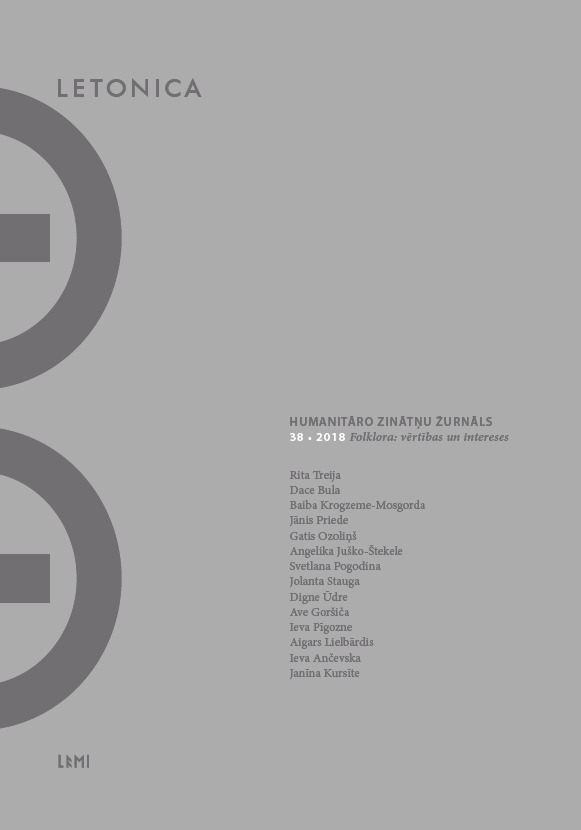The Academics and the Recording of Folk Medicine in Estonia from the late 19th Century to the 1970s
The Academics and the Recording of Folk Medicine in Estonia from the late 19th Century to the 1970s
Author(s): Ave Goršič Subject(s): Cultural history, Museology & Heritage Studies, Customs / Folklore, Health and medicine and law
Published by: Latvijas Universitātes Literatūras, folkloras un mākslas institūts
Keywords: History of medicine; folkloristics; Estonian folk medicine; history of collecting Estonian folk medicine; physicians
Summary/Abstract: With purposeful collecting of folk medicine, especially the use of herbs, from the late 19th century, several important collections were put together. Within folkloristics, Jakob Hurt is one of the most prominent names, but several physicians like von Baer, von Luce, Faehlmann and Kreutzwald showed interest in the topic, giving their opinion on the usefulness and misuse of herbal and other remedies. With the rise of Estonian-speaking academics, medicine students, physicians, folklorists and ethnologists one by one issued their respective questionnaires, with one clear distinction. The medical collectors were eager to find the rationale behind folk curing, and seeking after clarifying the relationships between a patient and a physician, as well as the folk pathology. Cultural researchers were therefore seeking after the many sides and possibilities of the use of folk healing, since healing actions took place from crossroads to local sauna; but they also tried to understand the folk mind behind naming an illness to create a protective barrier between oneself and the disease. Though many of the aims of all these academics were common – gathering the old wisdom in continuingly changing times, bringing folk and academic medicine closer, educating population on the grounds of good and bad examples, creating scientific historical knowledge – the physicians were of the opinion that they would be the best collectors of the topic. Paradoxically, the interest towards folk medicine also brought up heated accusations as shown by some of the protocols from the physicians’ meetings. There have also been successful models of cooperation, e.g. between the medical students and the Estonian National Museum, the probable influence to the Museum of Hygiene’s collection obtained from ethnologists and folklorists, as well as the well-known cooperation among Mihkel Kask, Kaljo Villako and the staff at the Folklore Archives, which produced a long-term inflow of by that time truly disappearing medical knowledge. History has shown that a valuable collection of the Museum of Hygiene went largely lost during WWII, whereas luckily the collections guarded by the Estonian National Museum and the Estonian Folklore Archives (of the Estonian Literary Museum) were left with little or no damage. It has also become clear that interest towards folk healing, whatever its modern (academic) name, is as strong as ever even next to the academic medicine, which is also better than ever before.
Journal: Letonica
- Issue Year: 2018
- Issue No: 38
- Page Range: 143-162
- Page Count: 20
- Language: English

